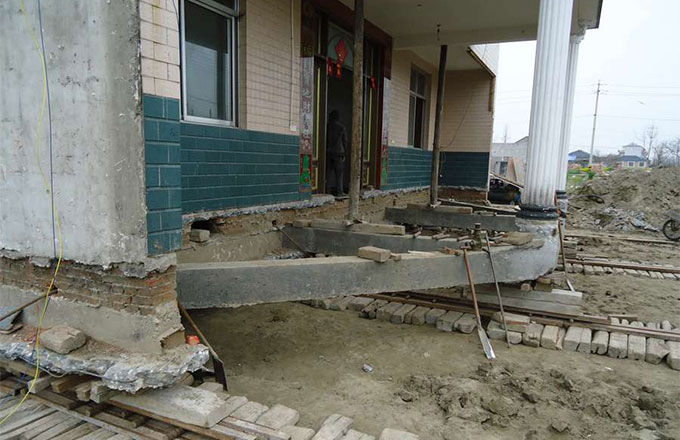H7N9: Preventing the next SARS
Since first appearing in 2013 in China, the number of human cases of H7N9 avian influenza in each of the first four seasonal outbreaks had been steadily declining. With each outbreak, China intensified efforts to monitor and control the virus, working with provincial and local authorities to improve sanitation at live bird markets and increase surveillance.
China learned from its experience with SARS; the government built strong and reliable capacity to diagnose and monitor such infections. Chinese authorities continue to work closely with WHO and FAO to strengthen surveillance and monitoring, and to report laboratory confirmed human cases as required by the International Health Regulations.
Before this winter, it might have been tempting to interpret the steady decline in human cases since 2013 as an indication that H7N9 was a diminishing threat. But then, this winter, we had the biggest outbreak by far, with more than three times the number of laboratory-confirmed human cases than the previous outbreak. H7N9 delivered a blunt reminder of its potential impact on human health.
It is not just the tripling in human cases or the mortality rate that should get our attention. As with all influenza viruses, H7N9 continues to change. This year the virus converted from low-pathogenic to high-pathogenic in some places, making the effects of the virus more apparent in poultry. Researchers have also recently identified two separate genetic lineages of H7N9, adding complications to the making of candidate virus vaccines, the first step in developingvaccines in birds and humans.
The good news is that there is still no evidence for sustained people transmission. To date, the overwhelming majority of infections in humans can be tracked to live poultry – farmers and those engaged in selling and buying live animals. But we have a short window of time, before the next seasonal outbreak in winter, to get ahead of the virus and prevent a SARS-type event. Experts agree that it is not a question of if, but when, the virus will adapt in ways that facilitate efficient, sustained human-to-human transmission.
Any plan for action starts at the live bird markets, particularly popular in southern China. Over 90% of reported cases came from individuals in direct contact with live poultry or with a live bird market.Based on the central roletheycontinue to have on viral circulation, China previously instituted efforts to systematically clean, monitor and improve the biosecurity of these markets. But because enforcement is uneven, the viral loads in the markets remain a threat. Efforts to manage and limit viral circulation are insufficient.
National authorities have already set the vision and defined the future of poultry markets in China. Premier Li Keqiang announced on February 23, 2017 that China will promote business models which featurelarge-scale farming, centralized slaughtering, and cold-chain transport where poultry are kept and sold in chilled conditions. This way, China will move away from live bird markets towards a system that eliminates the key human contamination point. The question is, how quickly?
Achieving the Premier’s vision will be a long-term undertaking. At the same time, it does not absolve us from the need to take immediate measures. Acting decisively will not only achieve the vision of the Premier but fundamentally protect Chinese lives.
During this short window of time before the next outbreak, policy-makers need to identify a suite of immediate interventions to control the virus. This may involve a mix of market closures and poultry vaccination as a requirement for market access. Once identified, the interventions need to be fully implemented before the next seasonal peak during the next Chinese New Year – an annual celebration which corresponds to a surge in cases during each outbreak.
This will be a complex logistical undertaking, and requires the full attention of both the human health and animal health authorities at all levels of government. And it is entirely feasible. China has undertaken more logistically complex public health programs before, to great success.
The acceptable number of human fatalities from avian influenza is zero. No one should die from buying or selling their chicken at a live bird market. And every new human case of H7N9 should remind us that there is an epidemic in the making.
Let us work together during this quickly-passing window of time, and stop the virus before it becomes a pandemic.
The authors are WHO (World Health Organization)and FAO (Food and Agriculture Organization ) representatives to China
- Chinese and Japanese wartime justice seekers co-nominated for 2017 Nobel Peace Prize
- Conservation jobs help alleviate poverty in Xinjiang
- Thailand launches campaign in Shanghai to attract business travelers
- Popular Shanghai bakery chain shutters over food safety allegations
- Silver medals honor Belt and Road





















